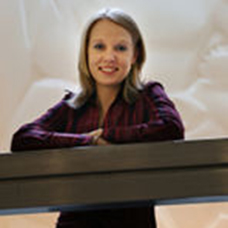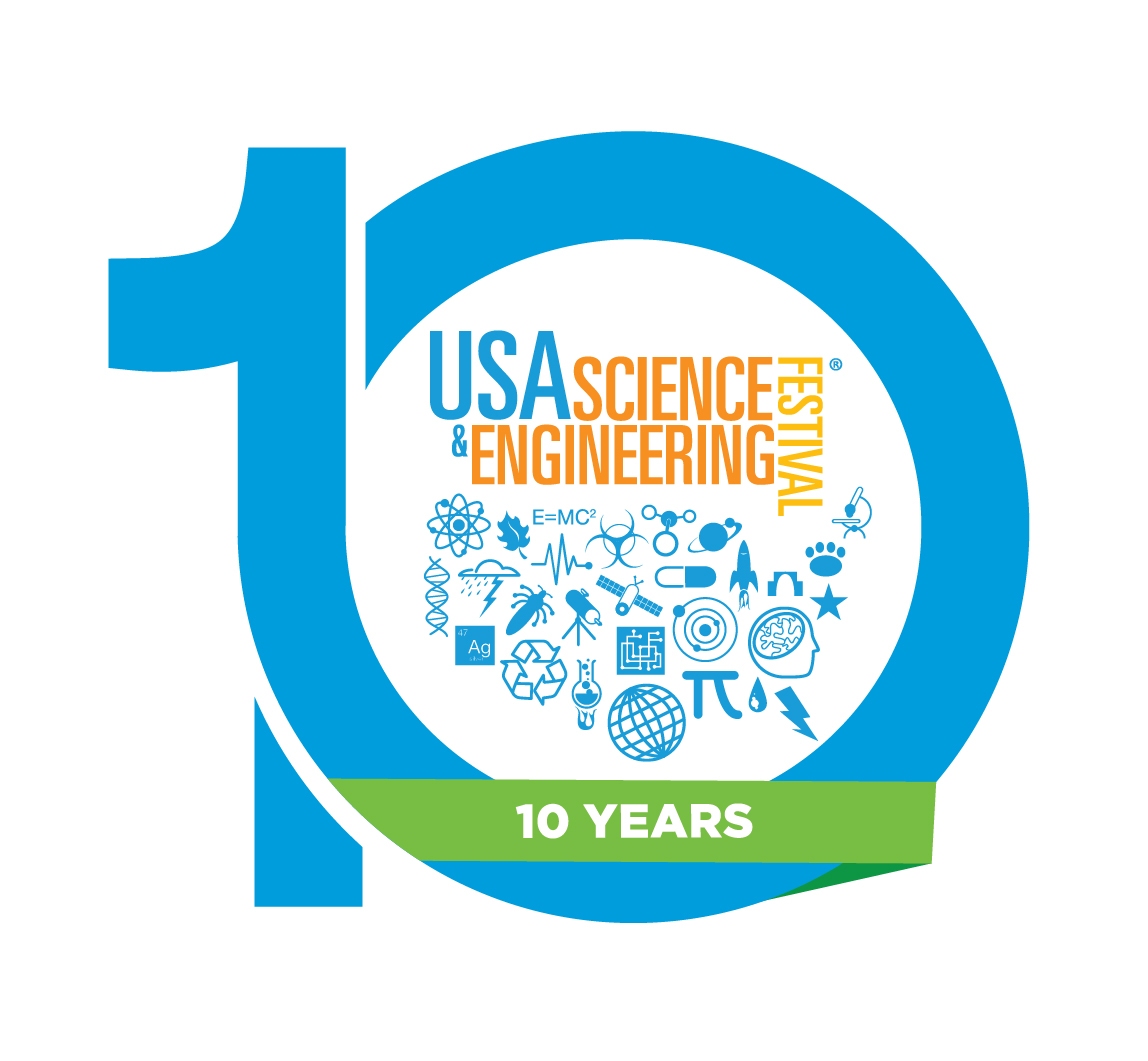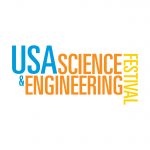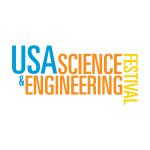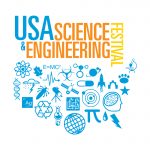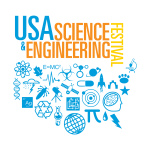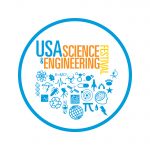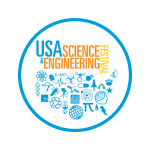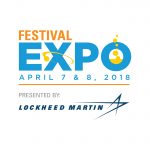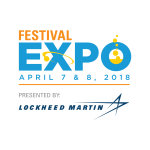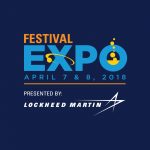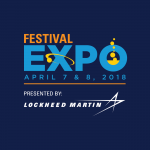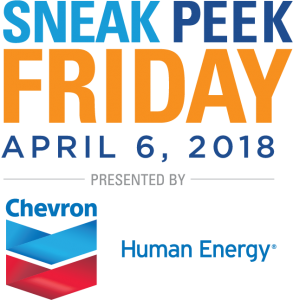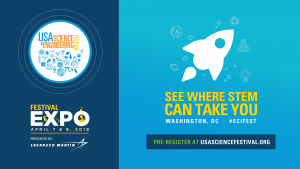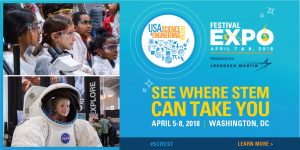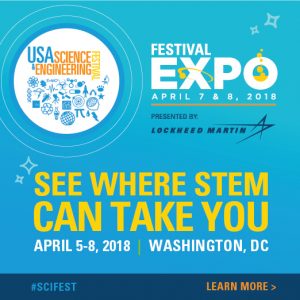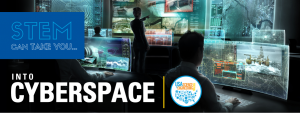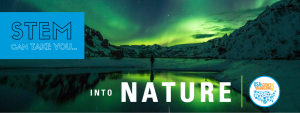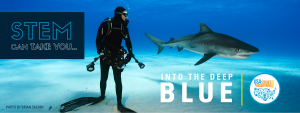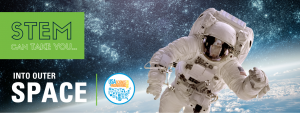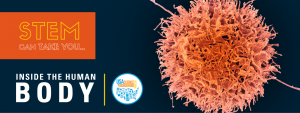Biography
Biomedical Engineering: Taking Those Extra Steps to Expand Your Career
If you are thinking about a career in science or engineering, Katie Gerbensky Serrano recommends that you not only be academically astute in such essential subjects as math, biology, chemistry and physics, but also take two extra steps in college to expand your horizons, especially in today’s competitive job market.
Learn a foreign language, and during your undergraduate years take advantage of the available opportunities to conduct research with a professor or as an intern in your desired area of science or engineering, advises Katie.
A 2005 graduate of the University of Minnesota where she majored in both biomedical engineering and Spanish, Katie says, “I can personally tell you that these extra steps can make a world of difference in opening up doors for you to get into graduate school or to land a job in your chosen field after graduation.”
She is currently completing a two-year fellowship at the Food and Drug Administration (FDA) in Washington, DC as a Commissioner’s Fellow in research.
During her undergraduate years at the University of Minnesota’s Institute of Technology, Katie gained invaluable experience in biomedical engineering research while working as an intern in private industry and working in the laboratory of her professor. And her fluency in Spanish has also paid big dividends, including helping her land a rewarding research experience in Ecuador shortly after she graduated.
In being selected for the highly competitive fellowship at the FDA, her undergraduate research endeavors, coupled with her bilingualism, she believes, may have given her an important edge. “Having such experiences on your resume can put you ahead of other science and engineering students who may not have these items in their background,” she says.
Her fellowship at the FDA is part of a new program by the Food and Drug Administration (FDA National Institutes of Health (NIH) to give grads in science and engineering the opportunity to receive a broader view of various agencies under the FDA NIH, whose mission is to conduct and support medical research across the countrypromote and protect public health.
Says Katie, “I’m one of 50 individuals in the fellowship. I work in the FDA’s in vitro diagnostics division where I help review new diagnostic device applications and work on diagnostics-related policy.”
Before her fellowship, Katie served as a biomedical engineer at NIH’s National Institute of Biomedical Imaging and Bioengineering were she helped facilitate the funding of NIH grants to research projects around the country while helping to make sure future research and technology funding needs of the nation’s scientists were being met.
In commenting on the importance of her undergraduate research experiences at the University of Minnesota, Katie says:: “One of my biomedical engineering professors, Victor Barocas, really motivated my interest in bioengineering, and I also gained invaluable research experience by working in the university’s Biomedical Engineering Laboratory under Professor David Odde in a project involving stem cells.”
In addition, after her junior year in college, Katie worked as an engineering intern with Boston Scientific. There, she helped troubleshoot problems with the Maverick balloon angioplasty catheter (used in the diagnosis and treatment of heart disease), including designing and running experiments to analyze the performance of the Maverick’s laser welds. She describes the internship as “the single most important thing I did as an undergraduate.”
What’s more, she says, the problem-solving, teamwork and critical thinking skills learned as an undergraduate in a hands-on research environment are priceless and can be effectively applied to any endeavor outside science.
Learning, and becoming fluent in, a foreign language has also proved beneficial for Katie and her career.
As a student at the University of Minnesota, Katie did a double major in Spanish and later used her language skills as a volunteer teaching computer skills to Latino immigrants in her community. After graduating, she went to Ecuador under a scholarship from the Katherine Sullivan Foundation and worked in the Ecuadoran ministry of health designing an HIV/AIDS prevention system.
“The experience in Ecuador was so good for me because I got use my Spanish skills in a meaningful way to help people through my work, plus it gave me an invaluable global perspective.” Katie adds that she looks forward to being able to return one day to Ecuador to further help its ministry of health in building up the country’s medical infrastructure and toand to design new medical devices.
Growing up in Apple Valley, Minnesota, outside of Minneapolis, Katie says she was extremely curios and inquisitive as a child and was frequently conducting experiments, which “sometimes drove my parents crazy,” she laughs. With her father being a civil engineer, and her mother, an engineer specializing in metallurgy, Katie’s career choice in engineering was not quite a slam dunk. “I didn’t really decide totally on engineering until later in college.”
She began studying Spanish as early as middle school.
To students curious about pursuing science or engineering, she says: “Check it out and go for it! These fields are really cool and not as nerdy as you may think. Scientists and engineers are making a difference by saving lives and helping to impact and improve virtually everything we do each day.”
(Photo courtesy of Jude Gustafson)
Click here for more information.

